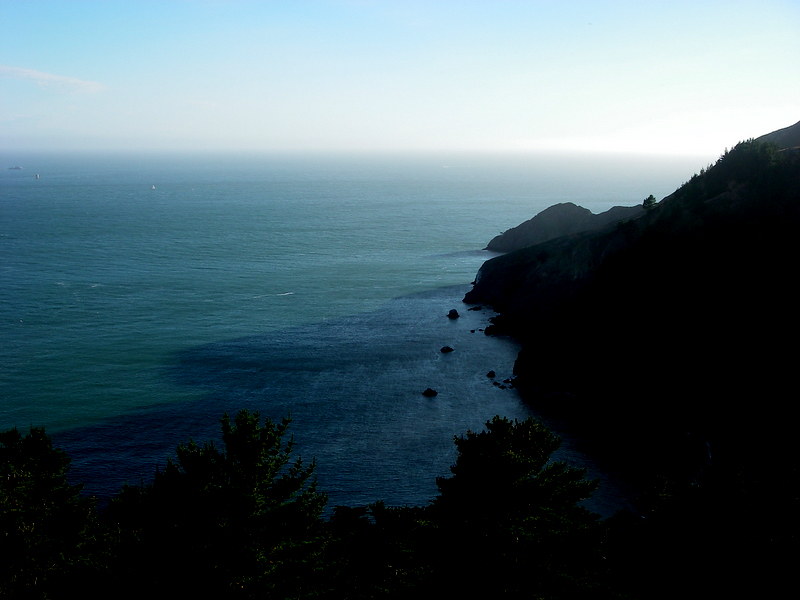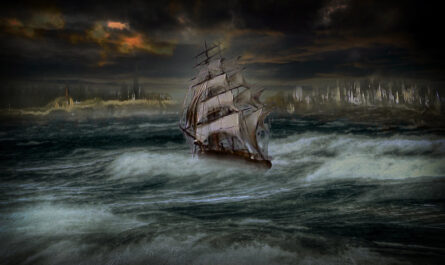The Pacific Ocean, the largest and most mysterious of the Earth’s oceans, was an immense frontier that beckoned European explorers for centuries. Its vast waters, teeming with unknown islands and cultures, became the stage for some of the most remarkable voyages in history. This article delves deeply into the European exploration of the Pacific, charting the motivations, voyages, and legacies of these intrepid navigators.
1. Motivations for Exploration: Why the Pacific?
The Age of Exploration
The European exploration of the Pacific was driven by the spirit of the Age of Exploration, a period from the 15th to 17th centuries marked by maritime adventurism and the pursuit of new trade routes. The Pacific, with its mysterious expanse, represented the ultimate challenge for European powers seeking to expand their influence.
- Economic Aspirations:
- The search for spices, precious metals, and exotic goods fueled voyages across uncharted waters.
- European powers, including Spain, Portugal, and later Britain and France, were eager to dominate trade routes that connected Asia, the Americas, and Europe.
- Religious Zeal:
- The spread of Christianity played a significant role, as missionaries often accompanied explorers.
- Colonization efforts sought to convert indigenous populations and integrate them into European religious frameworks.
- Scientific Curiosity:
- Understanding the world’s geography and charting new territories became a priority.
- Explorers sought to verify rumors of vast continents and mythical islands said to exist in the Pacific.
2. The First Encounter: Magellan’s Groundbreaking Voyage
Ferdinand Magellan’s Expedition (1519-1522)
The Pacific Ocean was first crossed by Europeans during the expedition of Ferdinand Magellan, a Portuguese explorer sailing under the Spanish flag. His voyage was a turning point in human history, opening up the Pacific to European exploration.
- Discovering the Pacific:
- Magellan named the ocean “Mar Pacífico” (Peaceful Sea) due to its calm waters compared to the tumultuous Atlantic crossing.
- The fleet sailed from the Strait of Magellan (at the southern tip of South America) into the vast Pacific, marking a monumental achievement in navigation.
- Hardships and Discoveries:
- Magellan’s fleet suffered severe hunger and scurvy during the crossing, with many sailors perishing.
- The expedition reached the Philippines, where Magellan was killed during a conflict with local tribes. Despite this, his crew completed the circumnavigation of the globe.
Impact of Magellan’s Journey
Magellan’s voyage demonstrated the vastness of the Pacific and provided critical information about its geography. It also spurred other European nations to embark on Pacific explorations.
3. Spanish Dominance: The Manila Galleons and Pacific Colonization
Spain’s Claim to the Pacific
Following Magellan’s expedition, Spain became a dominant force in the Pacific for over 200 years. The Spanish sought to control both the ocean and the territories within it.
- The Manila Galleons:
- These treasure-laden ships connected Manila in the Philippines with Acapulco in Mexico, forming a critical trade route between Asia and the Americas.
- The galleons carried Chinese silk, spices, and other Asian goods to the Americas, while silver from Mexican mines flowed back to Asia.
- Colonization of Pacific Islands:
- Spain established settlements in the Philippines, Guam, and the Mariana Islands.
- Missionaries played a central role in converting indigenous populations to Christianity, often with significant cultural and social consequences.
Challenges to Spanish Dominance
The Spanish monopoly on the Pacific trade faced threats from rival powers like the Dutch and British, who sought to challenge their dominance and expand their own spheres of influence.
4. British and French Expeditions: The Race for Knowledge and Power
Captain James Cook: The Great Explorer
The voyages of Captain James Cook in the late 18th century epitomize the height of British exploration in the Pacific. Cook’s expeditions significantly advanced European understanding of the region.
- First Voyage (1768-1771):
- Cook mapped the eastern coastline of Australia and confirmed New Zealand as two separate islands.
- His accurate charts and observations revolutionized Pacific navigation.
- Second Voyage (1772-1775):
- Cook ventured further south, disproving the existence of the mythical “Terra Australis,” a supposed massive continent in the Southern Hemisphere.
- He also visited Polynesian islands, observing their cultures and societies in detail.
- Third Voyage (1776-1779):
- Cook explored the North Pacific, including Alaska and Hawaii. Tragically, he was killed in Hawaii during a skirmish with locals.
French Contributions
The French, led by explorers like Louis-Antoine de Bougainville, also made significant contributions to Pacific exploration.
- Bougainville’s Pacific Journey:
- His 1766-1769 voyage circumnavigated the globe, bringing back detailed accounts of Tahitian society.
- Bougainville’s romanticized descriptions of the Pacific islands sparked European fascination with Polynesian cultures.
5. Mapping the Pacific: Scientific and Navigational Achievements
Advancements in Cartography
The European exploration of the Pacific was accompanied by unprecedented advancements in map-making.
- Early maps were vague and speculative, but explorers like Cook and Bougainville created highly accurate charts that are still referenced today.
- Detailed maps of ocean currents, wind patterns, and reef locations emerged from these voyages.
Scientific Discoveries
Exploration was not limited to geography; European expeditions also yielded significant scientific knowledge.
- Botany and Zoology:
- Explorers cataloged thousands of plant and animal species, many of which were previously unknown in Europe.
- Naturalists like Joseph Banks, who accompanied Cook, played a crucial role in documenting Pacific biodiversity.
- Cultural Anthropology:
- Encounters with Pacific Islanders provided insights into Polynesian, Melanesian, and Micronesian cultures, although often filtered through a Eurocentric lens.
6. The Legacy of European Exploration
Cultural Exchange and Impact
European exploration brought about both cultural exchange and significant disruption.
- Indigenous Pacific societies were introduced to European technologies, languages, and religions.
- However, diseases like smallpox and measles decimated native populations, and colonization often led to cultural erosion.
The Pacific as a Global Crossroads
The exploration of the Pacific transformed it into a central hub for global trade and interaction. The ocean became a bridge between continents, linking Asia, the Americas, and Europe in unprecedented ways.
Modern Recognition
Today, the legacy of European exploration in the Pacific is recognized through:
- Historic Landmarks: Monuments and preserved sites commemorate the achievements of explorers like Cook and Magellan.
- Cultural Revival: Indigenous communities across the Pacific are reclaiming their histories and reasserting their cultural identities in the face of colonial narratives.
Conclusion
The European exploration of the Pacific was a monumental chapter in human history, driven by ambition, curiosity, and a quest for power. While these voyages uncovered the vastness and diversity of the Pacific, they also brought profound changes to the lives of its indigenous inhabitants. Understanding this history is crucial not only for appreciating the achievements of early navigators but also for recognizing the resilience and contributions of Pacific Island cultures. As we look back on these explorations, it is essential to balance admiration for human ingenuity with reflection on the lasting impacts of these encounters.



